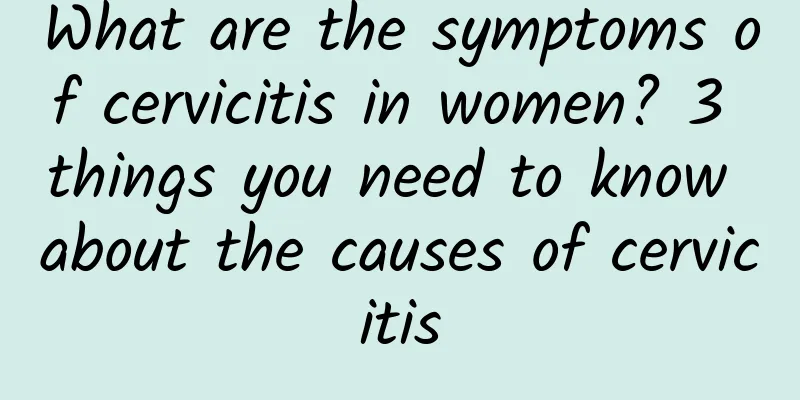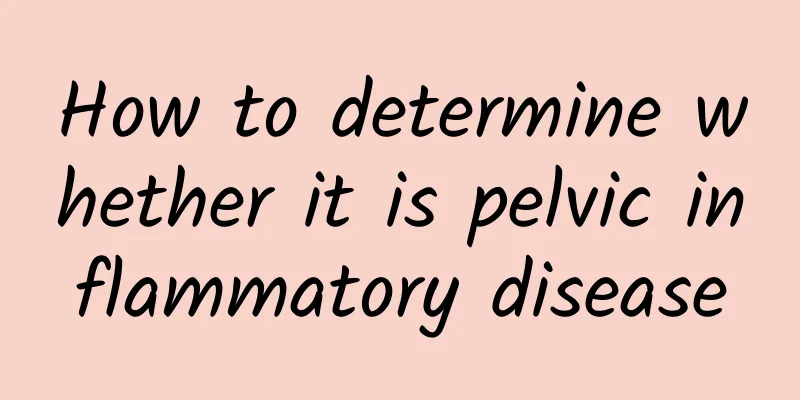3 self-assessments before losing weight to achieve twice the result with half the effort and avoid gaining weight again

|
Are you dissatisfied with your current body shape or weight? Are you hesitant and afraid to try the various weight loss methods circulating in the market? Are you gaining weight instead of losing it after following a weight loss plan? The above situation is a common problem for many people who want to lose weight. In fact, for those who have repeatedly failed to lose weight or are preparing to lose weight, it is best to use scientific indicators to assess their physical condition before starting a weight loss plan so that weight loss can be more effective. Assessment 1: Do I really need to lose weight? Are you really obese? Or do you simply want to pursue a paper-thin figure? The indicators for judging obesity usually use body mass index, ideal weight, waist circumference, MRI or CT subcutaneous fat thickness and visceral fat measurement, total body fat or body fat percentage as the evaluation criteria. In fact, body fat percentage is not the most accurate way to determine whether you are obese or not, it can only be used as a reference indicator. Currently, the diagnostic standard for obesity is still based on the body mass index (BMI), which is the value of weight in kg divided by height in m2 (squared). A BMI greater than or equal to 24 is considered overweight, and greater than or equal to 28 is considered obese. If your BMI is greater than or equal to 24 but less than 28, at least maintain your weight and do some physical activities and pay attention to your daily diet. If your BMI is greater than or equal to 28, you must change your daily diet and lifestyle, reduce your calorie intake, increase exercise, check your weight regularly, and develop a "weight loss plan" to reduce your body weight by 5% to 10%. Assessment 2: What causes weight gain? Once you have determined that you are indeed overweight or obese and need to lose weight, it is recommended that you go to the hospital to seek professional assistance to evaluate and find out the cause of your obesity before starting a weight loss plan. In fact, in addition to the influence of daily habits, many diseases may cause obesity. The most common are endocrine system diseases, such as hypercortisolism, hypothalamic lesions, polycystic ovary syndrome, hyperthyroidism, etc., which are all possible causes of obesity. As long as these diseases are well controlled or cured, weight will naturally come down. In addition, certain drugs may also cause obesity, such as corticosteroids, insulin, insulin secretagogues, antidepressants and other psychotropic drugs may cause obesity. Once the condition is under control, medication is gradually reduced, or even stopped, weight will naturally drop. Excluding the secondary obesity caused by diseases or drugs mentioned above, the next is simple obesity, which is what people generally call obesity. The causes of obesity are nothing more than a variety of factors including genetics, environment, and mental factors. As long as the input is greater than the output, that is, whether eating more or consuming less, or both, obesity will occur. There are many ways to lose weight for simple obesity, but the general principle is that the output should be greater than the input, that is, the energy you consume should be greater than the energy you consume. In simple terms, eat less and exercise more. Assessment 3: Are you an apple or pear shaped? This assessment is mainly to determine how harmful the obesity condition is to the body and whether there is an urgency to lose weight. Generally speaking, patients with an apple-shaped body will have obvious problems with protruding belly and abdominal obesity. The obesity of this type of patients is mostly caused by the accumulation of visceral fat in the abdomen. The probability of suffering from chronic diseases is greater than that of pear-shaped patients, and the urgency of losing weight is greater. For those with pear-shaped bodies, fat is mostly stored in the buttocks. Although the risk of chronic diseases is not as high as that of apple-shaped obese patients, the fat is more stubborn and difficult to lose. Master the rules of weight loss to lose weight effectively without gaining weight again Many friends will encounter this problem when losing weight. Not long after losing weight, the lost weight comes back again, or even becomes heavier than before losing weight. What factors cause this? In fact, if people do not maintain good living habits after losing weight, or use the wrong weight loss methods, they may gain weight again. Weight loss through exercise is the method of weight loss that is least likely to cause subsequent weight gain. If you want to maintain long-term weight loss results, people should first develop a habit of regular exercise. You don't need to exercise every day, the most important thing is to persist. It is recommended that people who have no exercise habits can start with the simplest and low-intensity physical activities. For example, running and brisk walking are good ways. Once your body has adapted, you can slowly increase the amount of exercise you do. However, you still have to keep in mind the principles of exercise for weight loss. Exercise at least three times a week, each time for at least 40 minutes, and your heart rate should reach 130 beats per day. If you stick to this for a long time, you can achieve your goal of losing weight and preventing weight gain. In addition, in addition to paying attention to the time and frequency of exercise, you should also pay attention to adjusting your eating habits during the weight loss process, and eat more good fats, such as fish oil, olive oil, etc., to supplement the nutrients needed for the body's metabolism. Only in this way can you truly meet the needs of the body, accelerate the body's metabolism, increase fat burning, and achieve long-term weight loss effects. Source: 39 Health Network www.39.net Please do not reprint without written authorization |
<<: Dangerous fat! Get rid of visceral fat from three meals
>>: Aya Ueto uses cabbage to lose weight and Aya Hirayama eats vegetables to supplement milk
Recommend
Common symptoms of chronic adnexitis
Female friends must learn more about adnexitis so...
Can ectopic pregnancy really be cured?
In life, more and more women suffer from ectopic ...
How is hyperprolactinemia diagnosed?
Hyperprolactinemia is a very destructive disease ...
Experts explain the symptoms of cervicitis
What are the symptoms of cervicitis? This is a qu...
What should patients with cervicitis pay attention to? There are 4 measures to treat cervicitis. Please save it.
The uterus is a special physiological organ of wo...
What are the symptoms of cervical erosion?
The symptoms of different degrees of cervical ero...
Can I get pregnant with polycystic ovaries?
We know that the ovaries are responsible for ovul...
What are the main measures for regulating irregular menstruation?
In life, irregular menstruation occurs very frequ...
Why do you need to fast for painless abortion?
Why do you need to be on an empty stomach for pai...
What are the symptoms of irregular menstruation in women?
What are the symptoms of irregular menstruation? ...
Only by running correctly can you lose weight! Use these 3 indicators to check if your posture is correct?
Who doesn’t know how to run? Because many people ...
Recurrent miscarriage screening program
Recurrent miscarriage examination items: There ar...
Is the ketogenic diet suitable for you? Nutritionist: Patients with three highs, renal dysfunction, and cardiovascular disease should not try it rashly
Some people adopt the ketogenic diet to lose weig...
How much does it cost to treat vaginal candidal infection?
How much does it cost to treat candidal vaginitis...
Medicinal Diet Treatment for Dysmenorrhea Patients
The disease of dysmenorrhea can be treated throug...









